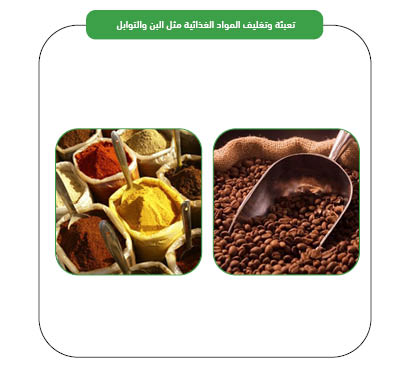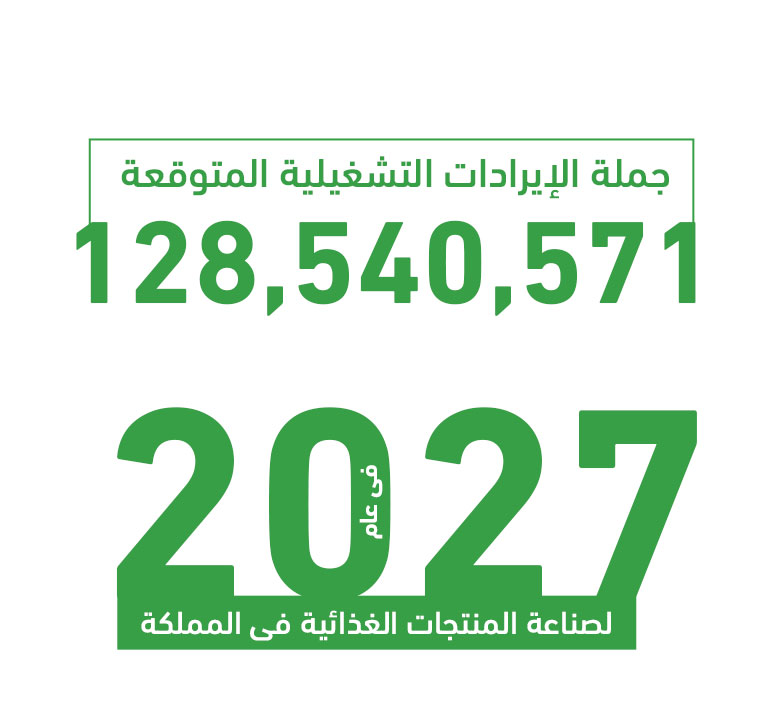Mashroo3k Economic Consulting Company offers a feasibility study for a coffee and spice packaging factory project, with the highest return on investment and the best payback period. This study is based on thorough studies of the industrial sector in Yemen, an analysis of the strategies of local and foreign competitors, and the provision of competitive pricing.

The factory produces various types of coffee and spices, packaging them in plastic bags of various sizes after vacuuming them out. This ensures safe and long-lasting preservation, helping meet the growing demand in the local and regional markets for processed and canned coffee and spices.
Mashroo3k Economic Consulting Company provides investors interested in investing in a coffee and spice packaging factory project in Yemen with a set of specialized feasibility studies based on updated databases specific to the Yemeni market. This helps ensure the project’s success, achieving the highest return on investment, and the best payback period. This is achieved through accurate studies of the size of the Yemen market, an analysis of the strategies of local and foreign competitors, and the ability to provide competitive pricing.

Mashroo3k Economic Consulting Company is keen to ensure that its coffee and spice packaging factory project in Yemen features the latest production lines and advanced packaging technology, in addition to relying on a full operational team characterized by its ability to innovate and renew. The factory targets various sectors, such as restaurants, hotels, and wholesale and retail outlets.


Executive summary
Study project services/products
Market Size Analysis
Risk Assessment
Technical study
Financial study
Organizational and administrative study

